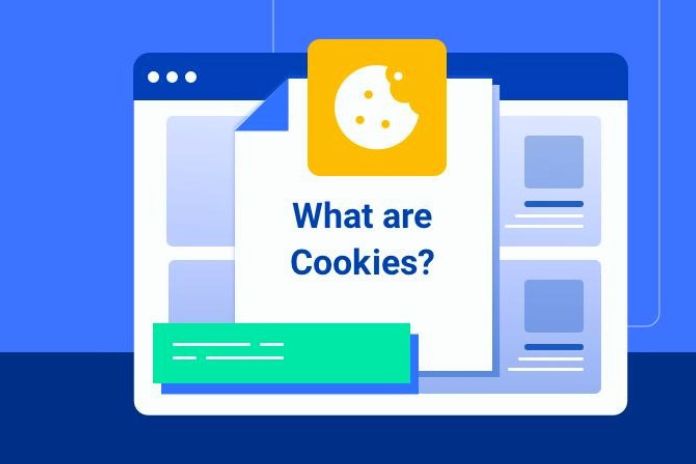They have designated “cookies”; however, they have not eaten: “cookies,” then again, carry out different beneficial roles, both for sites and for clients who visit them. To figure out how to oversee them effectively, you want to be more aware of what cookies are and how they work. Yet, in addition to what they are going after, many sorts of cookies exist, and all the security suggestions.
What Are Cookies, And What Are They For
The beginning of the name has been connected to the supposed ” enchantment treat” Strategy, utilized in UNIX conditions since the 1980s. The expression “Magic Cookies” first bore witness in the IT field in 1979. However, the authority motivation behind why this name was picked isn’t known. This basic explanation, regardless, doesn’t make sense of the central point of view: what Cookies are (generally called web Cookies, PC Treats, program Treats, web Cookies, or HTTP Treats). These are little data groups, or that’s what text reports.
Generally, they consolidate a webpage name and a unique client ID code, which are used to ensure that the website server that presented them can get information on the specific development that the client performs inside its site pages. Treats are made and sent by the objections and subsequently set aside on the PC or program each time information is referenced from the regions. When you communicate with a URL to visit a site, the server is drawn closer to send all of the pieces of the site, similar to pictures, messages, and plans. Despite this information, the site, as referred to, sends various reports, including Treats. Exactly when you visit a page that uses treats, the contraption downloads a data pack.
When the site is gotten to again, the device checks whether it has Treated from that page and usages the information recently downloaded to allow the client to get to the site given his as of late conveyed tendencies, like this speeding up the course. Regions use treats to grasp how clients reach them and how they investigate inside them. Among the information that treats can store is private information (for example, client data and site access information), language tendencies, conveying locations, and things added to the truck. Like this, areas can deal with their show and suggest clients’ updated experiences. Besides, marketing experts can use this information to chip away at things and client help.
The Types Of Cookies
Not all cookies are the same. There are, in fact, different types that can be identified by distinguishing cookies by life cycle, origin, and purpose. Based on the life cycle, for example, it is possible to distinguish between session cookies (which are deleted as soon as the browser is closed and which, therefore, are not stored permanently on the device) and persistent cookies (which are not deleted when the browser is closed). Closing the browser, but after a certain period or on a specific date).
Another distinction, as mentioned, takes into consideration the origin of the cookies: first-party cookies are those sent to the browser directly from the site being visited and are used, for example, to ensure the correct functioning of the site or to keep track of preferences expressed; third- party cookies, on the other hand, belong to different domains and, generally, appear when web pages contain content from external sites, such as advertising banners (advertisers often use third-party cookies for show more personalized and compelling ads to users).
Cookies, then, are divided into technical, statistical, functional, advertising, and social network cookies, based on their use and their purpose: technical cookies are used to facilitate access to the site and its use, and statistical cookies are intended to ensure better optimization of the site, functional cookies favor a personalized browsing experience within site, advertising cookies are used to provide advertising spaces, and social network cookies allow you to share the contents of the visited site.
Are Cookies Dangerous?
There is a specific question about treats on the web. Nonetheless, it is feasible to express that cookies are protected (specifically first-party treats are), regardless of whether, as on account of outsider cookies, they can be utilized to monitor client conduct and uncover perusing propensities individual inclinations to security dangers. Consequently, the law interceded to safeguard clients. In 2018, the Overall Information Security Guideline ( GDPR ) characterized individually recognizable proof information put away in cookies as private information and laid out that they have a place with the singular client; subsequently, destinations and organizations can’t handle them without permission or a simple explanation.
Moreover, in June 2021, the regulation was refreshed with the issue of new rules on treaties (and other global positioning frameworks). It isn’t simply an issue of safety: treats can likewise influence the exhibition of gadgets, easing back their activity. When you peruse the web and snap on an asset, an ever-increasing number of cookies are put away, which can over-burden your program over the long haul. Consequently, understanding what threats are and how they work may not be sufficient: to guarantee a quicker (as well as more secure) gadget, it is vital to know how to erase cookies intermittently. In such a manner, it ought to be noticed that erasing cookies relies upon the program utilized: access the “Settings” area and follow the strategy shown.
Also Read: Benefits Of Having A Digital Menu In Your Restaurant

